When pain is felt in the body, it can sometimes be difficult to distinguish exactly where the pain is originating from and why it hurts. Is it joint pain, muscle pain, or something else entirely?
There are some causes of joint and muscle pain that are mistaken for each other, but it’s important to correctly diagnose the issue in order to treat it in the most effective way.
This article will address the topic of joint pain vs. muscle pain, including the differences between these types of pain and when they mirror each other. It will also provide information about how to find joint pain relief and muscle pain relief depending on the diagnosis.
What Can Cause Joint Pain?
Joint pain is often caused by an injury to a specific joint and affects the bones, ligaments, and cartilage around it.1 Arthritis is another common cause of joint pain, including both rheumatoid arthritis and osteoarthritis.2 Various medical conditions can cause one or more joints to become painful as well, such as Lyme disease, fibromyalgia, gout, bone cancer, avascular necrosis, and rheumatic fever.3
What Can Cause Muscle Pain?
Unlike joint pain, muscle pain is most commonly caused by overuse, strain, or injury to a specific muscle.4 This is common among athletes and people who begin exercising after long periods of inactivity. However, muscle pain can also be due to an illness or infection in the body, and this is where the symptoms can mirror joint pain.5 Individuals may feel pain in their muscles due to influenza, chronic fatigue syndrome, and hypothyroidism. Medical conditions that can cause muscle pain, as well as joint pain, include Lyme disease,6 fibromyalgia,7 and polymyalgia rheumatica.8
How to Tell the Difference Between Joint Pain and Muscle Pain
While the causes of joint and muscle pain are unique to each individual, it is often possible to distinguish between the two. Muscle spasms often occur alongside muscle pain, and the pain gets better when exercised because activity releases lactic acid and toxins that have built up.9 With joint pain, swelling usually occurs around the affected joint, and this type of pain typically takes longer to heal.2,3
Joint Pain Relief
For joint pain relief, a physician may recommend taking a prescription nonsteroidal anti-inflammatory drug and using a powerful topical cream, like JointFlex. Other potential remedies to try for joint pain include taking an Epsom salt bath, alternating the use of hot and cold packs, and low-impact exercising to keep the joints mobile and flexible. Since joint pain tends to be a more long-term condition than muscle pain caused by activity, it may also be necessary to lose weight and adjust one’s daily diet to include more beneficial omega-3 fatty acids and other anti-inflammatory foods.
Muscle Pain Relief
Muscle pain relief can be accomplished in a few different ways, including massage, applying ice to reduce pain, and resting the affected area.10 It may also help to gently stretch the muscles and avoid high-impact and weight-bearing exercises until the muscle is healed. Muscle pain that is accompanied by stiffness in the neck, immobility in a part of the body, fever, or vomiting may be signs of something more serious that need to be checked out by a doctor.
REFERENCES for JOINT PAIN vs MUSCLE PAIN
1. Joint pain. MedlinePlus. Retrieved October 20, 2018 from https://medlineplus.gov/ency/article/003261.htm.
2. Villa-Forte, A. (2017 December). Joint pain: Single joint. The Merck Manual: Consumer Version. Retrieved October 19, 2018 from https://www.merckmanuals.com/home/bone,-joint,-and-muscle-disorders/symptoms-of-musculoskeletal-disorders/joint-pain-single-joint.
3. Villa-Forte, A. (2017 December). Joint pain: Many joints. The Merck Manual: Consumer Version. Retrieved October 19, 2018 from https://www.merckmanuals.com/home/bone,-joint,-and-muscle-disorders/symptoms-of-musculoskeletal-disorders/joint-pain-many-joints.
4. Muscle pain. MedlinePlus. Retrieved October 18, 2018 from https://medlineplus.gov/ency/imagepages/19676.htm.
5. Muscle aches. MedlinePlus. Retrieved October 18, 2018 from https://medlineplus.gov/ency/article/003178.htm.
6. Lyme disease. Centers for Disease Control and Prevention. Retrieved October 17, 2018 from https://www.cdc.gov/lyme/index.html.
7. Fibromyalgia. National Institute of Arthritis and Musculoskeletal and Skin Diseases. Retrieved October 18, 2018 from https://www.niams.nih.gov/health-topics/fibromyalgia.
8. Polymyalgia rheumatica. American College of Rheumatology. Retrieved October 18, 2018 from https://www.rheumatology.org/I-Am-A/Patient-Caregiver/Diseases-Conditions/Polymyalgia-Rheumatica.
9. Muscle cramps. MedlinePlus. Retrieved October 18, 2018 from https://medlineplus.gov/musclecramps.html.
10. Kuhland, J. 7 essential elements of rest and recovery. Breakingmuscle.com. Retrieved October 18, 2018 from https://breakingmuscle.com/fitness/7-essential-elements-of-rest-and-recovery.
